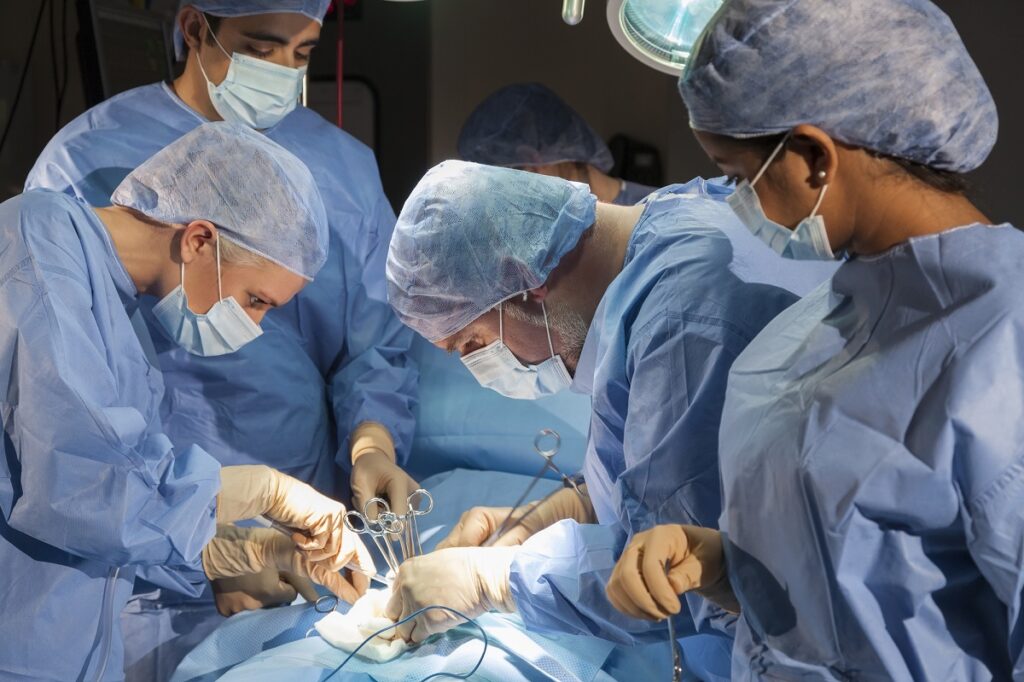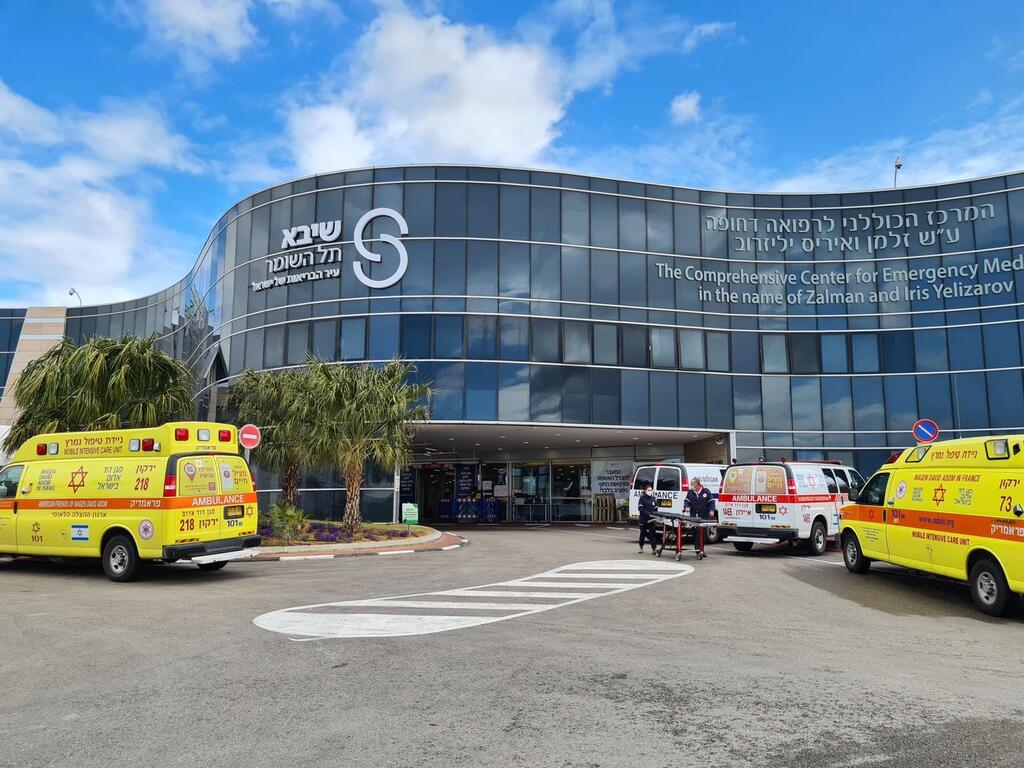An Israeli startup has developed a medical procedure to help people with a life-threatening heart disorder that is one of the most common causes of stroke – itself the number 2 killer in the world.
Some 15 million people suffer a stroke every year, according to the World Health Organization. One third of them will not survive it and another third will sustain permanent disability.
Atrial fibrillation (AF), when a person’s heart beats irregularly and often very quickly, makes someone five times more at risk of an ischemic stroke (caused by a blood clot in the brain) and two times more likely to die from it.

The name atrial fibrillation refers to the atria – the two upper chambers of the heart that are responsible for pushing blood into the lower chambers or ventricles, from where it is pumped to the rest of the body.
An irregular heartbeat means that the atria do not always push all of the blood into the ventricles, leaving some behind in a small sac in the left atrium, where it can form potentially deadly blood clots.
Append Medical has developed a procedure to seal off this sac – known as the left atrial appendage (LAA) – without posing any dangers to a person’s health and reducing the risk of blood clots forming in the heart.
“The left atrial appendage is a kind of a pocket-shaped organ placed in the left atrium [and] when you have heart rhythm issues, the blood flow is not consistent there,” Append Medical CEO Nadav Agian tells NoCamels.
“It creates a kind of blood stagnation in this pocket, and when you have blood stagnation, clots are potentially being created there.”
The Append solution to this issue seals off the LAA with a simple suture, which prevents blood entering the sac and ultimately causing it to atrophy.
“This is a preventive treatment in order to reduce the risk of stroke in these patients,” Agian says.
He explains that the current solutions for the clots in the LAA come with their own risks.
According to Agian, the most commonly used solution – a metal plug to seal off the LAA – can actually cause its own clots known as device related thrombosis (DRT). Furthermore, he says, the metal plug is not a permanent solution for many as about 25 percent of these procedures carried out result in some leakage of the blood back into the LAA.
“The latest research is showing that even a tiny flaw can potentially create problems even one or two years after the procedure,” Agian says.
The other solution – a blood thinner that prevents clots from forming – brings with it its own complications as clots are what stops a person from experiencing dangerous blood loss from a simple cut or scratch. And this danger, says Agian, means that around half of AF patients are not eligible for such medication.
“We are not using any device at all,” he explains. “We are just manipulating the tissue itself in order to close the opening [to the LAA].”

The procedure involves inserting a small catheter into the atrium by entering the femoral vein through the groin, then up into the heart. The patient is fully anesthetized for the 30-minute procedure and can go home the following day.
Sign up for our free weekly newsletter
SubscribeThe catheter contains a vacuum grip that latches onto the edges of the LAA and pulls it back into the atrium.
“Imagine you are holding a sock and inverting it,” says Agian.
Once the LAA has been drawn into the atrium, the connection point is ligated (closed off) with a suture.
“At the end of the procedure, we don’t have this cavity at all,” Agian explains. “We do have a kind of bulge of inverted tissue inside the atrium. And we see that over time the bulge tissue is reducing its volume dramatically.”
He says that five months after the procedure, the bulge has almost gone due to atrophy.
“At the end of the day, you have kind of a new heart without the LAA and with only small scar tissue where the appendage was, which doesn’t affect the functioning of the heart,” he says.
The initial concept for the unique procedure came almost a decade ago from Prof. Leonid Sternik, the head of cardiac surgery at Sheba Medical Center, Israel’s largest and world-famous hospital, who specializes in atrial fibrillation surgery.
He carried out the procedure twice during open heart surgery, without the catheter stage, as a secondary treatment.

Two years later in 2018, neither patient had suffered any cardiac issues or a stroke. Or Yehuda-based Append Medical was then created by its founder and CSO Zachi Berger, and licensed the procedure from Sheba. The company then developed the catheter stage of the procedure, ruling out the need for majorly invasive surgery.
“It is completely permanent and completely safe,” Agian says. “We are leaving no implant behind in the heart; it’s based on the native tissue itself.”
Append is part of MEDX Xelerator, a Tel Aviv-based incubator for medtech startups, and has completed two successful rounds of fundraising.
The final stages of development for the procedure were completed about 18 months ago, and the first clinical trials in humans involving 15 patients began in the past few weeks at a medical center in Prague.
The trial will take six months and the company then plans to carry out a more extensive trial in the US by the end of the year, in order to obtain approval from the American Food and Drug Administration (FDA).
“This is really part of the new generation of left atrial appendage closure,” Agian says. “There are the current solutions with the metal implants and Append belongs to the next generation of this treatment.”
Related posts

Harnessing Our Own Bodies For Side Effect-Free Weight Loss

Israeli Device Is New, Drug-Free Solution For Men Coping With ED





Facebook comments